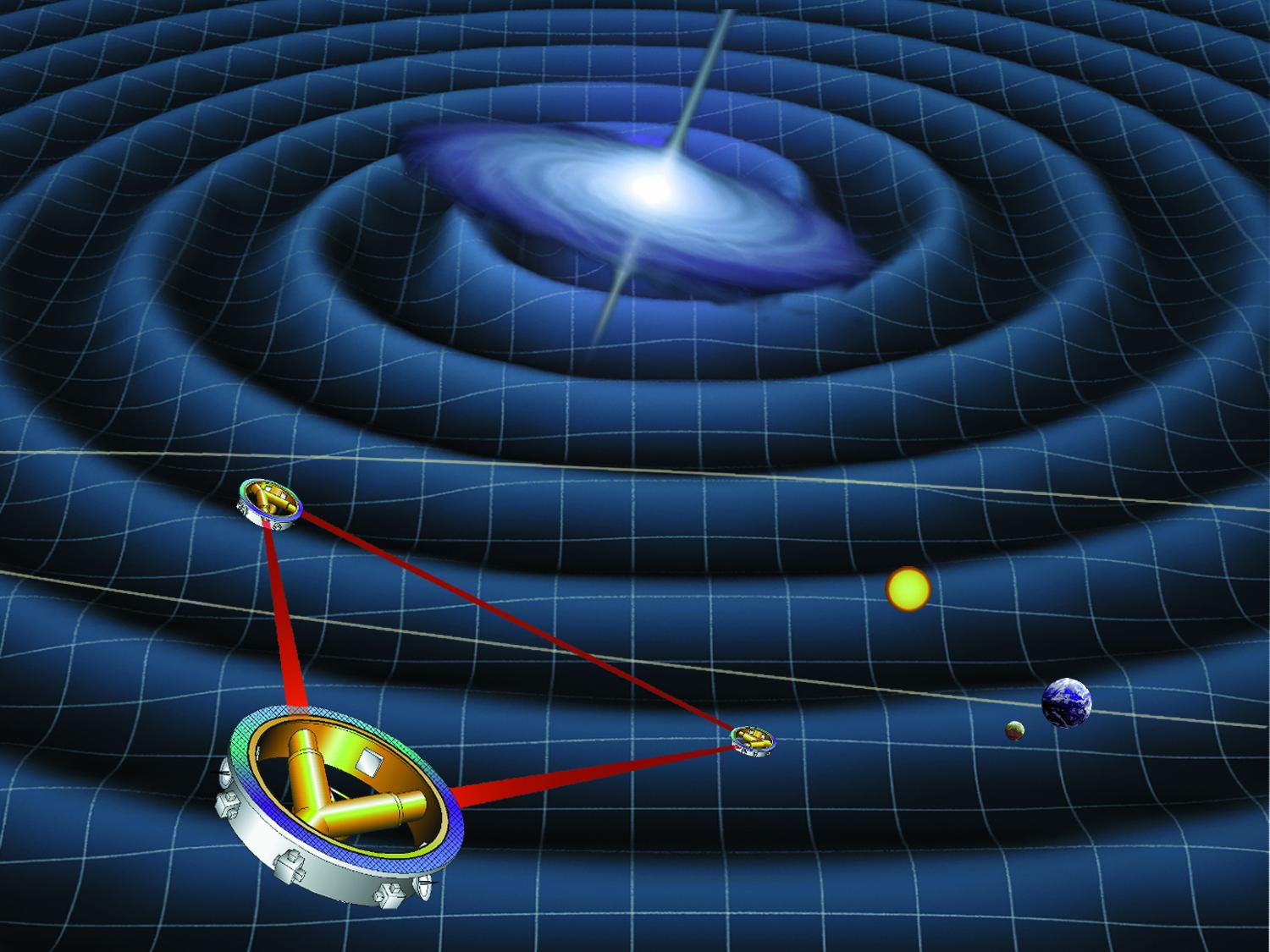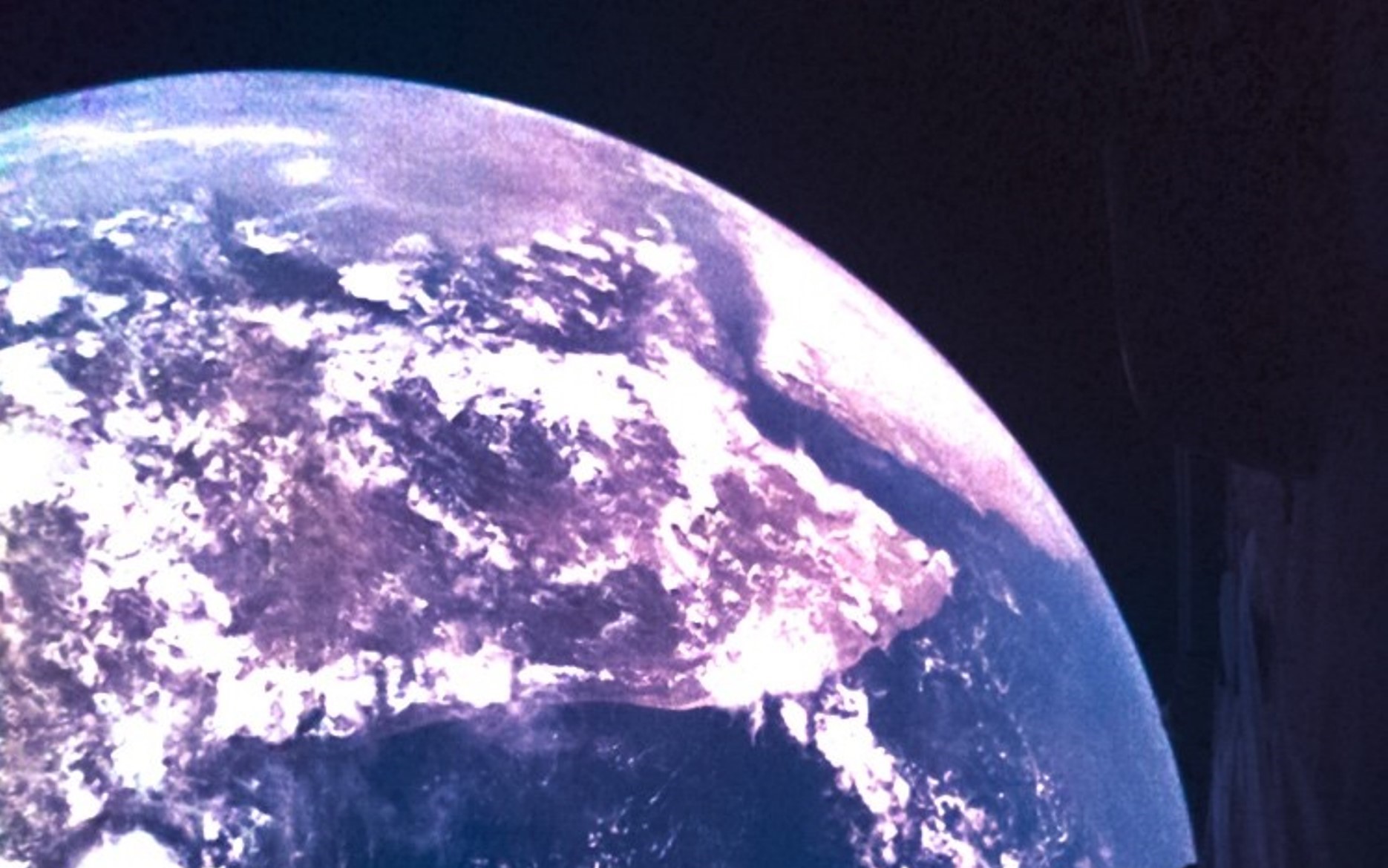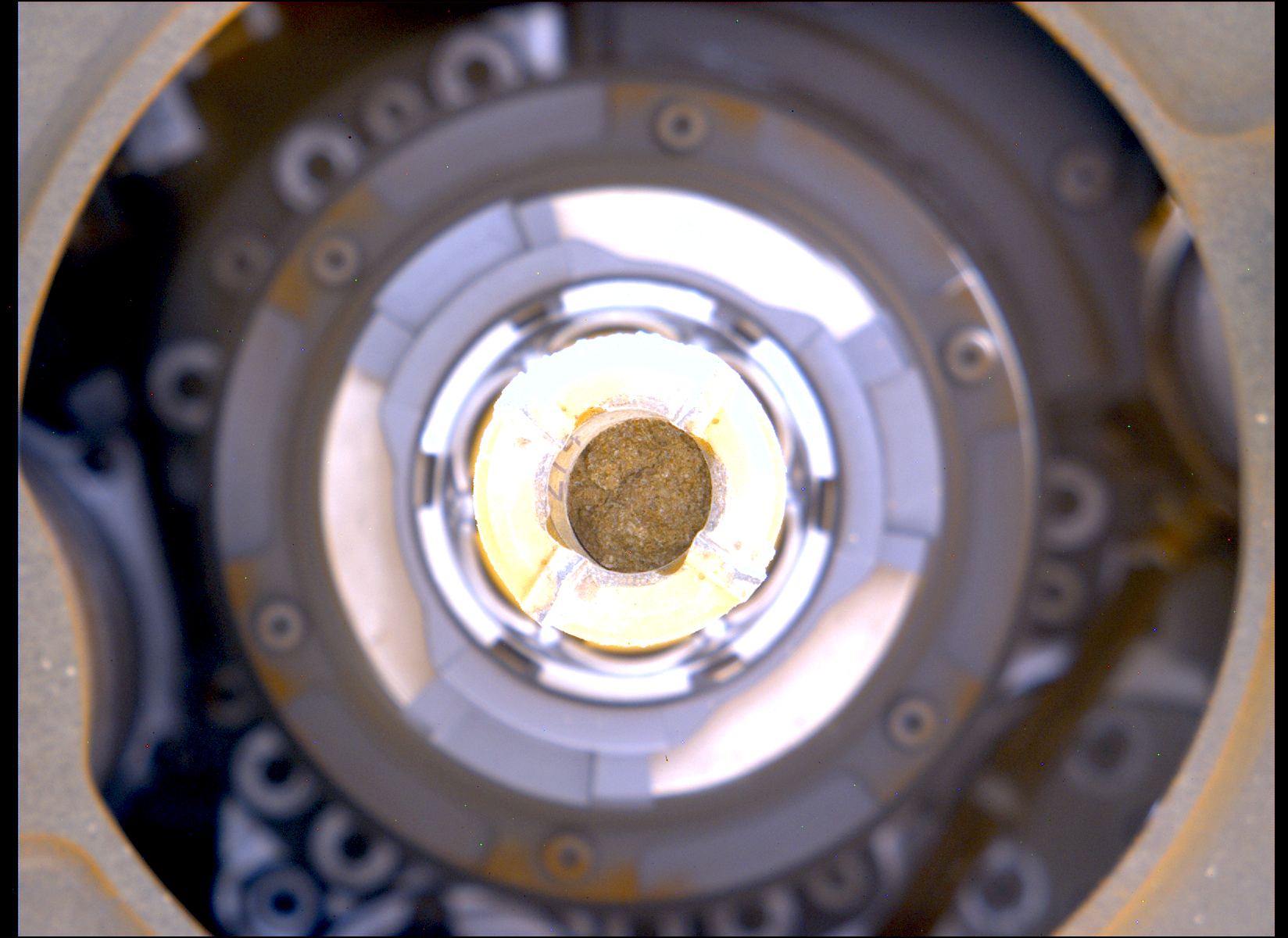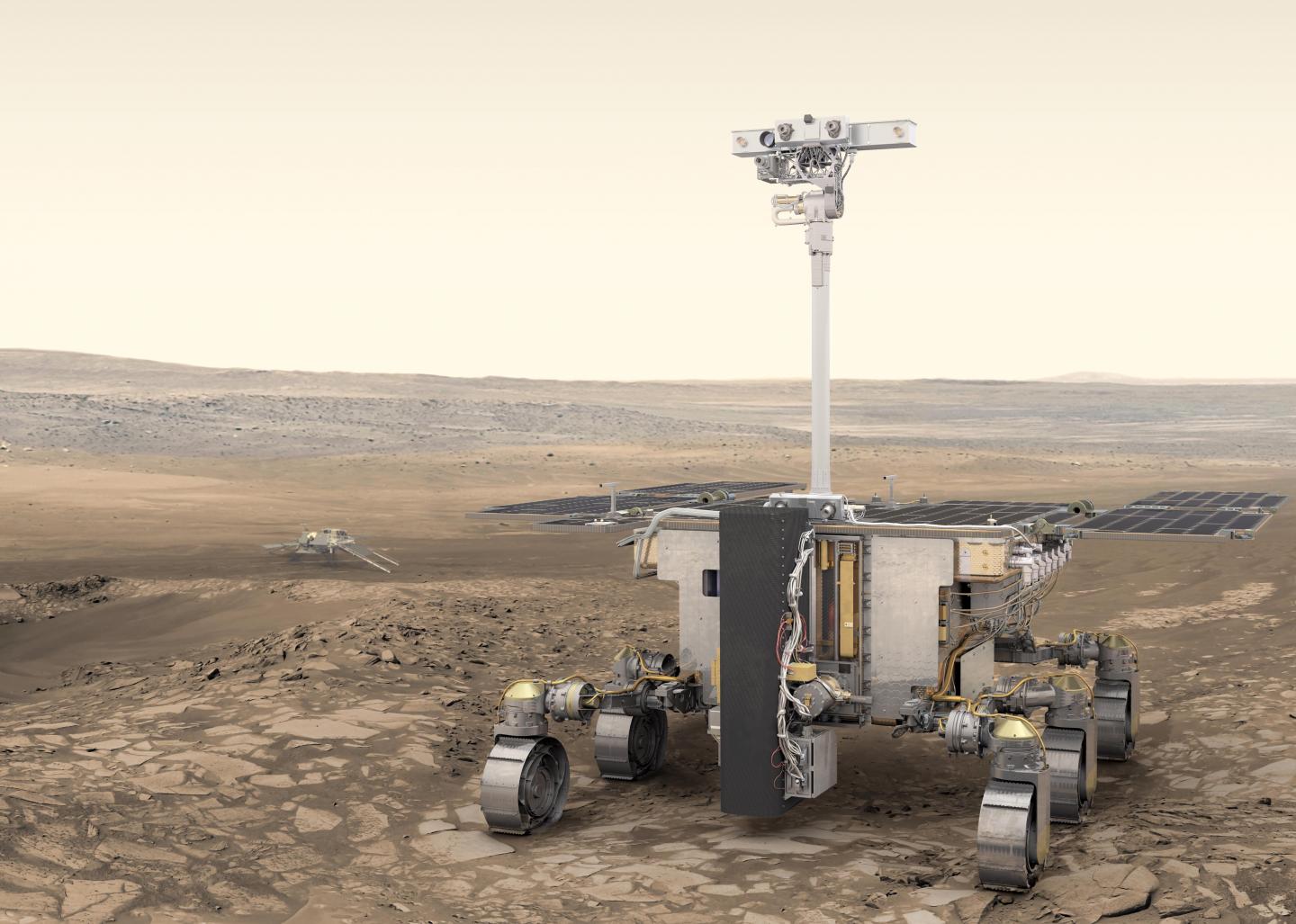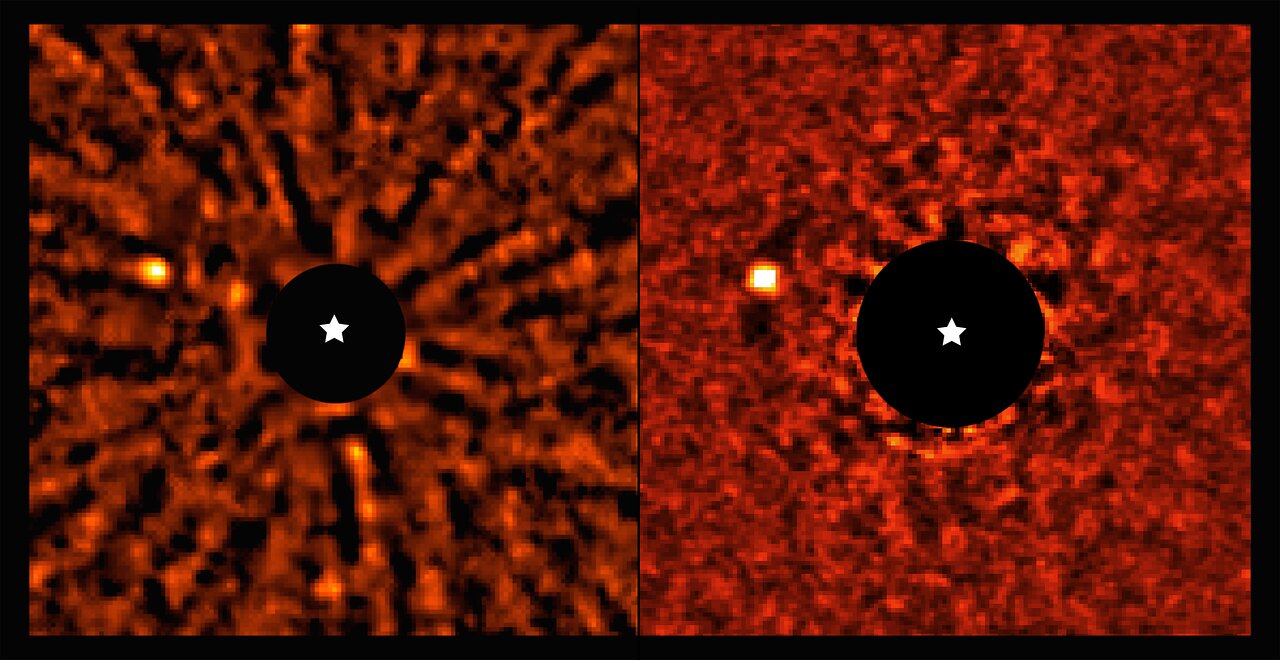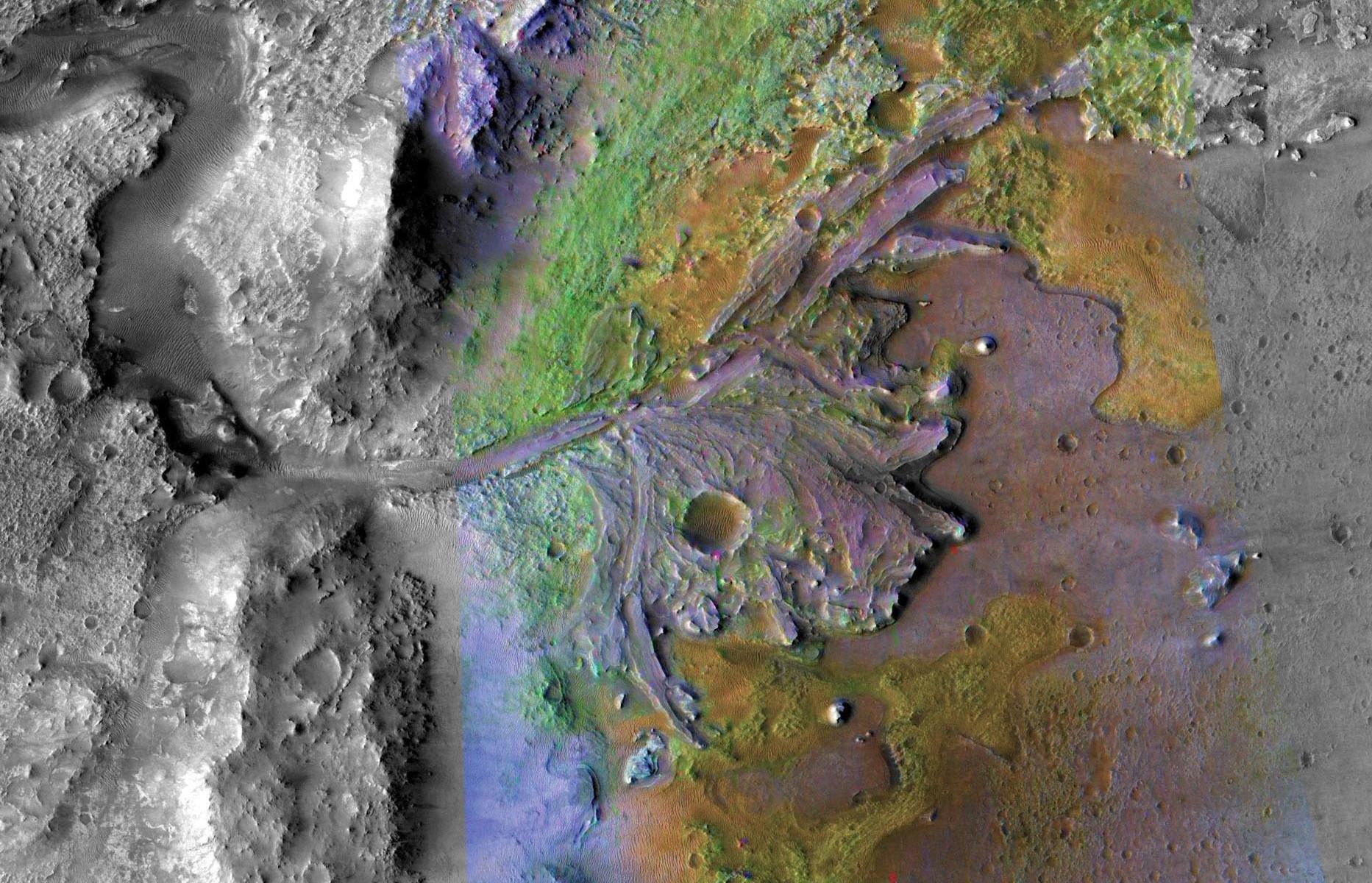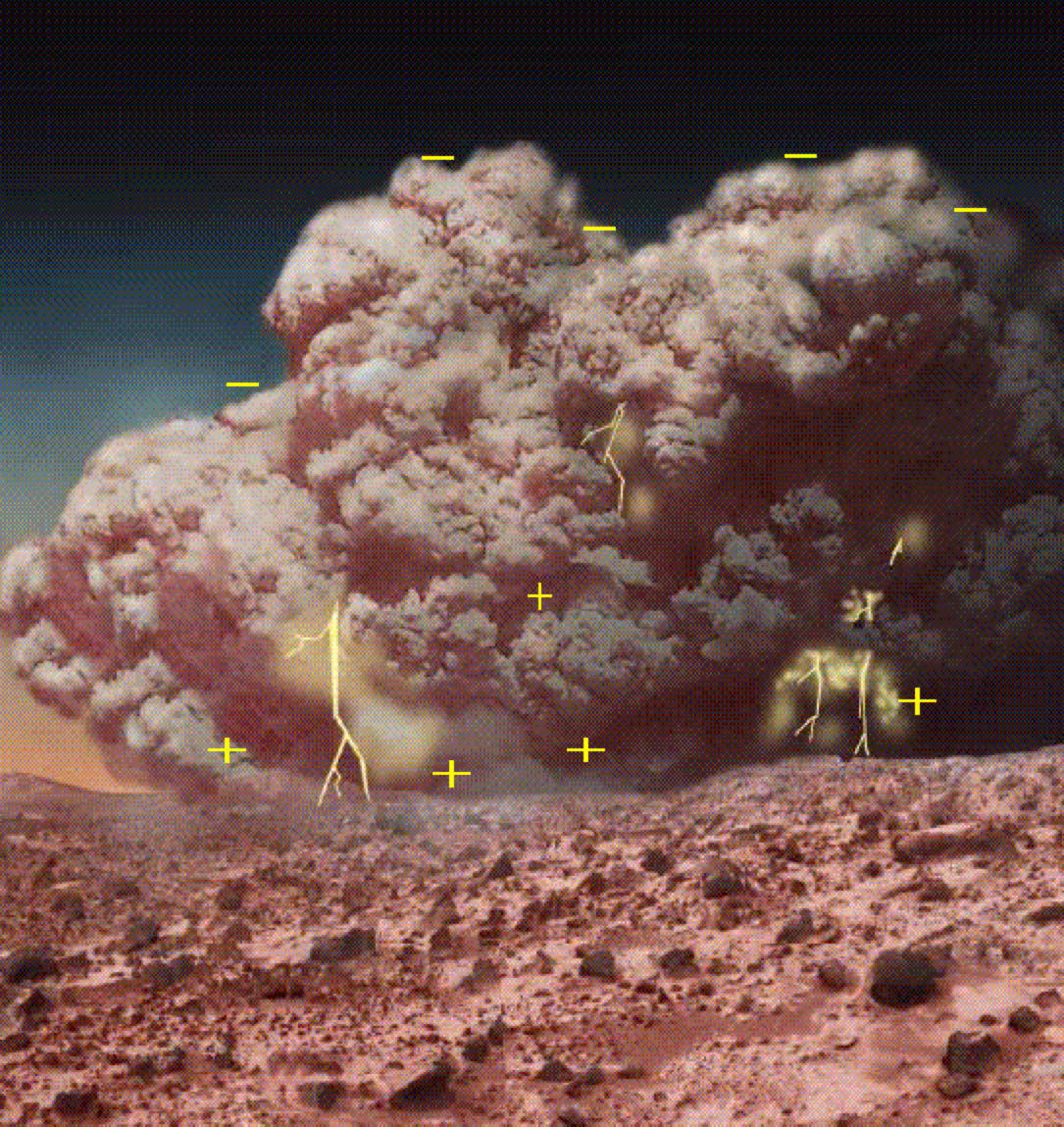The first-time detection of Gravitational Waves (GW) by researchers at the Laser Interferometer Gravitational-wave Observatory (LIGO) in 2015 triggered a revolution in astronomy. This phenomenon consists of ripples in spacetime caused by the merger of massive objects and was predicted a century prior by Einstein’s Theory of General Relativity. In the coming years, this burgeoning field will advance considerably thanks to the introduction of next-generation observatories, like the Laser Interferometer Space Antenna (LISA).
With greater sensitivity, astronomers will be able to trace GW events back to their source and use them to probe the interiors of exotic objects and the laws of physics. As part of their Voyage 2050 planning cycle, the European Space Agency (ESA) is considering mission themes that could be ready by 2050 – including GW astronomy. In a recent paper, researchers from the ESA’s Mission Analysis Section and the University of Glasgow presented a new concept that would build on LISA – known as LISAmax. As they report, this observatory could potentially improve GW sensitivity by two orders of magnitude.
Continue reading “LISA Will Be a Remarkable Gravitational-Wave Observatory. But There’s a Way to Make it 100 Times More Powerful”
